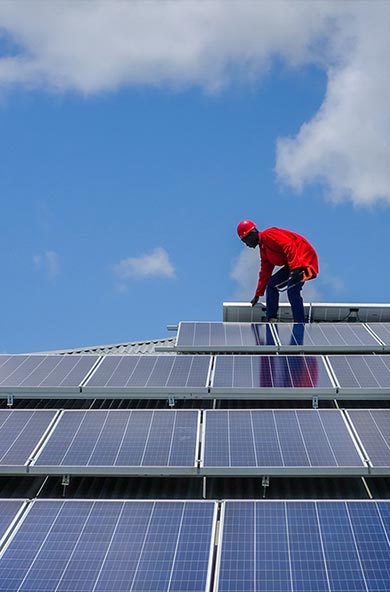Designing digital systems for scale: Payments for Environmental Services

Designing digital systems for scale: Payments for Environmental Services
DownloadDesigning digital systems for scale: Payments for Environmental Services
August 19, 2024
The publication explores the integration of digital technologies into Payments for Environmental Services (PES) schemes. PES is a results-based financing mechanism that incentivizes local communities, farmers, and Indigenous Peoples to engage in environmental conservation and restoration activities. The report underscores the potential of leveraging Digital Public Goods (DPG) and Digital Public Infrastructure (DPI) to enhance the scalability, efficiency, and effectiveness of PES programs.
This guide is designed for PES practitioners, policymakers, financiers, and digital innovators. It begins with an introduction to PES, detailing its significance in promoting sustainable environmental services and providing financial incentives to local stakeholders. The document then delves into the opportunities and challenges associated with digitalizing PES schemes, highlighting lessons learned from previous implementations and the critical role of DPGs and DPIs in overcoming these challenges.
The core of the report presents a practical framework for designing a digital PES system, including technical requirements, system architecture, and key software tools. It outlines a nine-step process for PES implementation, from application and legal assessment to field data collection, monitoring, and payment disbursement, and emphasizes the need for a modular, open-source approach that can be adapted to different national contexts and ecosystems.
By showcasing the benefits of digital innovation in PES, UNDP aims to foster collaborative efforts among governments, NGOs, and the private sector to scale up nature and climate action globally. The report concludes with a call to action for increased investment in digital solutions that support sustainable development and climate resilience.

 Locations
Locations






















